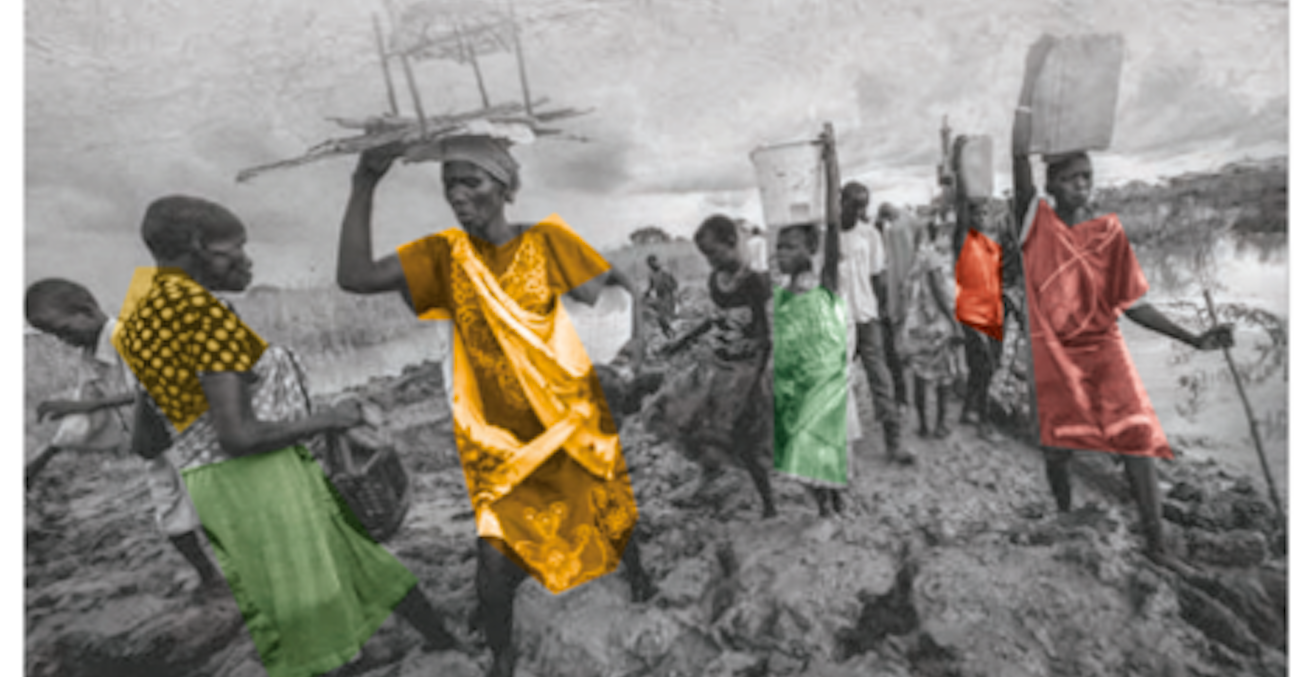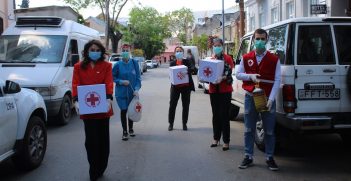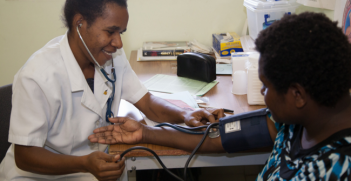Inside the Global Humanitarian Crisis

What happens to international aid projects after the money is spent? A former aid worker revisited South Sudan, Iraq and East Timor to find out, and the results are not encouraging.
South Sudan, Iraq and East Timor are excellent case studies that demonstrate the shortcomings of the current approach to international development aid. All are—despite the distances between them—in many ways similar. Whilst East Timor and South Sudan are new countries, freeing themselves from the yolk of oppression, Iraq has recently been freed from its autocratic Ba’ath Party.
All are recovering from recent internal conflicts and have received significant money and attention with promises of progress. In short, all fit into what is described as post-conflict state-building situations. From these countries, two major issues can be identified.
The time issue
The biggest misconception about international development aid is that more money is the answer. More than money, the focus on quick-fixes fails to take into account the enormity of the task for officials. Aid is not only concerned with bricks and mortar, but with people’s minds and behaviours which may have existed for years, decades and even centuries. There are no quick fixes.
Funding efforts are consistently focused on instant, tangible results. The challenges in this regard are three-fold. Firstly, NGO personnel and aid workers, like many professionals, are not willing to spend five years in one place, but would rather see 10 countries on their résumés. This means that just as they begin to understand the idiosyncrasies of the country they are in, they are likely to move on to a new posting. Secondly, taxpayers expect to see results as they understandably want to see bang for their buck. Finally, existing funding structures have failed to keep up with the demands on the ground.
Such issues often leave officials facing a conundrum: do they spend time and money training locals, or do they look after the bottom line and get the job done themselves? The temptation to hit targets by doing the latter means that local officials are critical of aid efforts for not “leaving anything behind”. The same situation can be seen in Iraq where, in many cases, grants were drawn up before the 2003 invasion began. This meant much of the post-invasion aid funding focussed on internally displaced people, of which there were very few. The contracts had to be amended, and money redirected; all of which takes time.
That is not to say there aren’t success stories. In South Sudan, for example, the Women’s Development Group has established a very well-functioning organisation that played a crucial role in the independence vote by deploying more than 100 women as election observers. While it is a grassroots organisation, driven by a sense of purpose, it was supported for more than a decade by various international groups until they large enough to stand on its own.
Giving a voice to the people
Often in the rush to rebuild infrastructure in such war-ravaged countries, the people who are to use it are left behind. Billions are invested in rebuilding government, such as by establishing an anticorruption commission, yet there is no mention of efforts to train and support investigative journalists, anti-corruption NGOs and the legal fraternity that together form the bulwark against corruption. The infrastructure of a democratic government is established but the only people who might know how to use it are government officials.
This can be seen in South Sudan. For example, in the 10 years following a 2001 humanitarian crisis in Wau, the capital of Western Bahr el-Ghazal state, a camp set up by NGOs deteriorated as the groups withdrew. Rather than developing the camp following the emergency, it had become a health nightmare with less than half of the water pumps functioning, latrines closed, wash points broken and drainage clogged.
Developments such as this demonstrate a failure by the aid officials to recognise the issues on the ground. Firstly, after 20 years of displacement and war, the people of the region were much more likely to be more concerned with subsistence than long-term investment. Secondly, an influx of labour with business expertise from neighbouring countries crowded out local workers: a complex problem given the importance of encouraging capital investment from these countries. Finally, in Wau, the government began to demand the return of its land. This meant that while the camp functioned well as an emergency measure, it failed to form the basis of long-term investment.
All of this adds weight to the conclusion that a fundamental rethink is required of approaches to aid and development. More refined thinking is needed.
Dr Denis Dragovic is a former aid worker and council member of Australian Institute of International Affairs Victoria. He is an honorary senior fellow at the University of Melbourne.
This article is based on material from Denis Dragovic’s recently released book, No Dancing, No Dancing: Inside the Global Humanitarian Crisis, which follows his return journey to three major humanitarian crises, South Sudan, Iraq and East Timor. ‘No Dancing, No Dancing’ was launched at AIIA VIC in December 2017.
This article is published under a Creative Commons Licence and may be republished with attribution.





